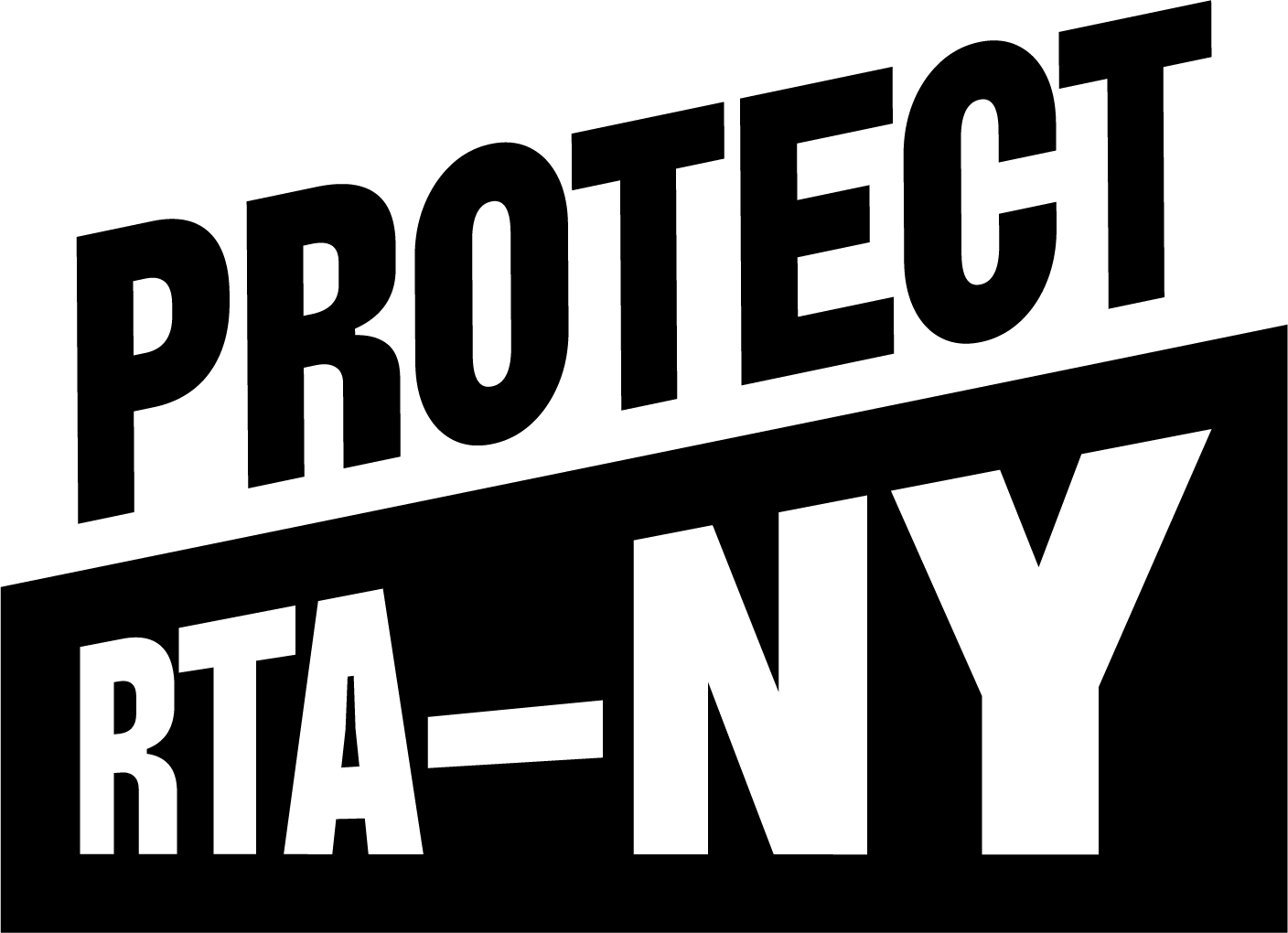History of Raise the Age
On April 10, 2017, Governor Andrew Cuomo signed the “Raise the Age” legislation into law, putting an end to New York’s process of automatically charging all 16- and 17-year-olds as adults, no matter the offense. As of October 2019, the law is fully phased in, with both 16- and 17-year-olds being served in Family Court and placed in youth justice programs and facilities.
This moment was due in large part to the advocacy of formerly-incarcerated youth, their families, faith leaders, legal services professionals, direct service providers, unions, and others who made their voices heard over many years. We applaud Governor Cuomo, Assembly Speaker Heastie and members of the Assembly, the Senate Majority, Minority and Independent Democratic Caucus, and the Black, Puerto Rican, Hispanic and Asian Caucus for passing this historic legislation.
Who's Affected
Before Raise The Age passed in New York, nearly 28,000 16- and 17-year olds faced possible prosecution as adults in criminal court each year. Over 70% of these arrests were for misdemeanors.
More than 600 children ages 13 to 15 were processed in adult criminal courts annually – seriously diminishing their opportunities for success before they’d even entered high school. Over 70% of 16- and 17-year-olds arrested are Black or Latino. That number climbs to 80% when considering those who are sentenced to incarceration.
Why It Matters
Treating children as adults in the criminal justice system is short-sighted and ineffective; youth incarcerated in adult facilities are more likely to suffer physical and emotional abuse and to recidivate – realities that are at odds with the goal of rehabilitating youth and protecting public safety:
- Studies have found that young people transferred to the adult criminal justice system are 34% more likely to be re-arrested for crimes than youth retained in the youth justice system. Around 80% of youth released from adult prisons reoffend.
- Studies show that children in adult prisons are twice as likely to report being beaten by staff, and 50% more likely to be attacked with a weapon, than children placed in youth facilities.
- Youth in adult prisons face the highest risk of sexual assault of all inmate populations.
- Youth in adult jails and prisons do not have access to the same age-appropriate rehabilitative services that are available in youth facilities.
- Solitary confinement can severely damage mental and physical health, sometimes irreparably. While some progress has been made in limiting the use of solitary confinement for children, young people continue to be isolated.
- Youth are 36 times more likely to die by suicide when held in an adult facility.
